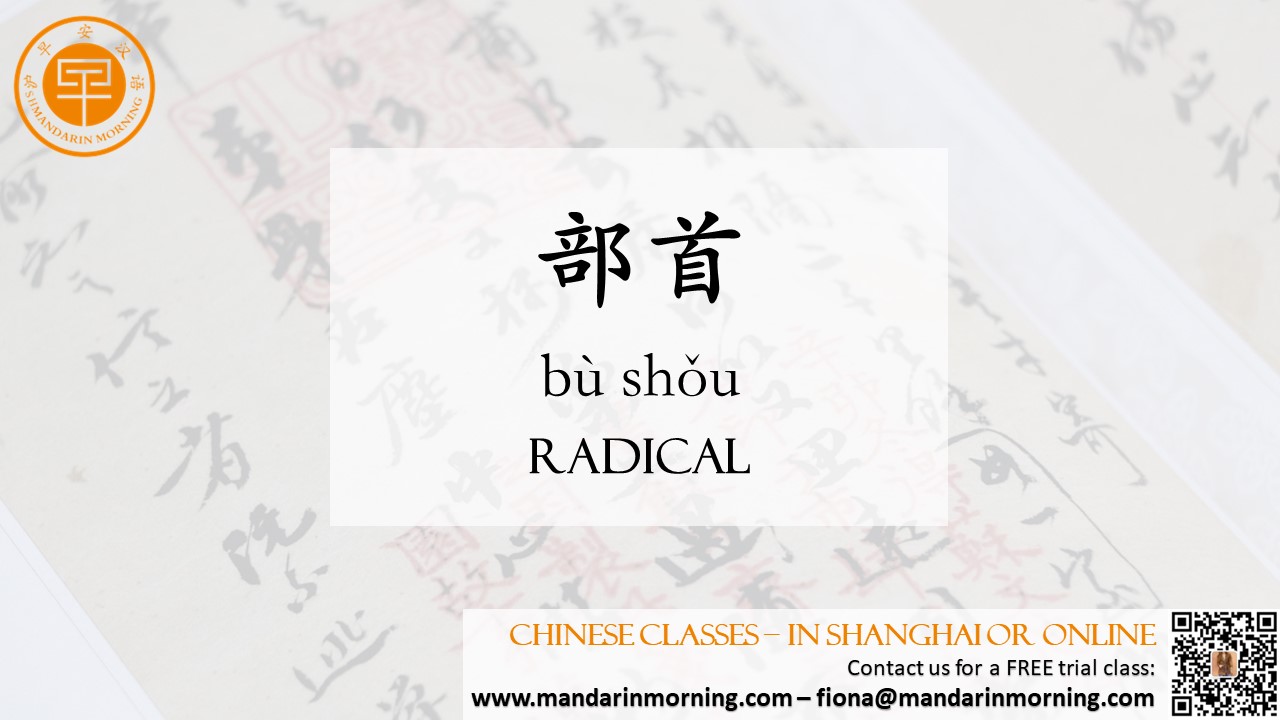| If your goal is to learn to read Chinese characters fast, then you’ve got to have a basic concept of Chinese radicals, aka 部首 (bù shǒu). Most 部首include semantic or even phonetic qualities. So, if you can identify a character’s radical, then you’ll be able to guess the meaning or sound without even knowing the character in the first place.  The very-first 部首you might come across is 人 (rén; person). Imagine the same character squashed to the left. 亻is often called “single person radical.” The compound characters contain 亻 likely related to person or express extended meanings. For instance: 休 (xiū): 亻+ 木 (tree/woods) imagine a person leaning against a tree to get some “rest” (休). 仙 (xiān): 亻+ 山 (mountain) Imagine a person living as long as a mountain will appear immortal to other people. 仙 can also mean “god” or “fairy.” The other common radical we’d like to introduce is 水 (shuǐ; water). Its squashed version 氵 is often called “three dots water.” The compound characters contain 氵 likely related to water or express extended meanings. For example: 沫 (mò; foam): The water radical is combined with 末 (mò; “final,” “last,” “end”). 淡 (dàn; diluted, plain): Combining water with two fires, we get 淡, something that’s “diluted,” or “plain” in taste. |